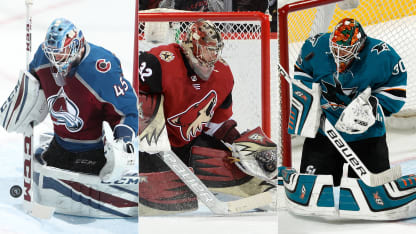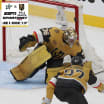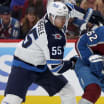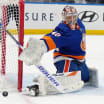The .917 save percentage of Anton Khudobin (5-11, 195), the backup for the Boston Bruins, is slightly better than the .916 of Tuukka Rask, the starter. Minnesota Wild backup Alex Stalock (6-0, 191) is 10-10-2 with a .912 save percentage. Jonathan Bernier (6-0, 184) has a .914 save percentage and won nine games during a 10-game winning streak for the Colorado Avalanche from Dec. 29 to Jan. 23, a run that put the Avalanche back in the playoff picture while starter Semyon Varlamov was injured.
The play of undersized peers hasn't gone unnoticed by Bernier.
"It is nice to see smaller goalies having success because it just seems like that has been the mark, if you are not 6-foot-3 and above you are not getting drafted, and teams have passed on really good goalies that maybe were shorter but I think had more talent," said Bernier, a first-round pick (No. 11) by the Los Angeles Kings in the 2006 NHL Draft. "I always believed that it really didn't matter about size, it's how you play."
The reasoning behind the trend toward taller goalies is sound: if you can find a goalie who moves as well as a shorter peer, pick the one who fills more of the net, which is 4 feet high by 6 feet wide.
Shorter goalies, however, believe the evolving NHL game might be better suited to their skills.
The game has never been faster or more dynamic, especially laterally. A weakness for many taller goalies is their lateral movement, which tends to open bigger holes along the ice and under their arms.
"If you look at a guy that is 6-foot-6 moving side to side, for him to have his pads tight together is going to take longer," Bernier said. "It's not tackling physics or anything, you can just see it right away, so I think there is a medium size that is probably the best, but I still believe if you have the vision and you have the legs, it doesn't matter if you're 6-foot or 6-foot-6."


















